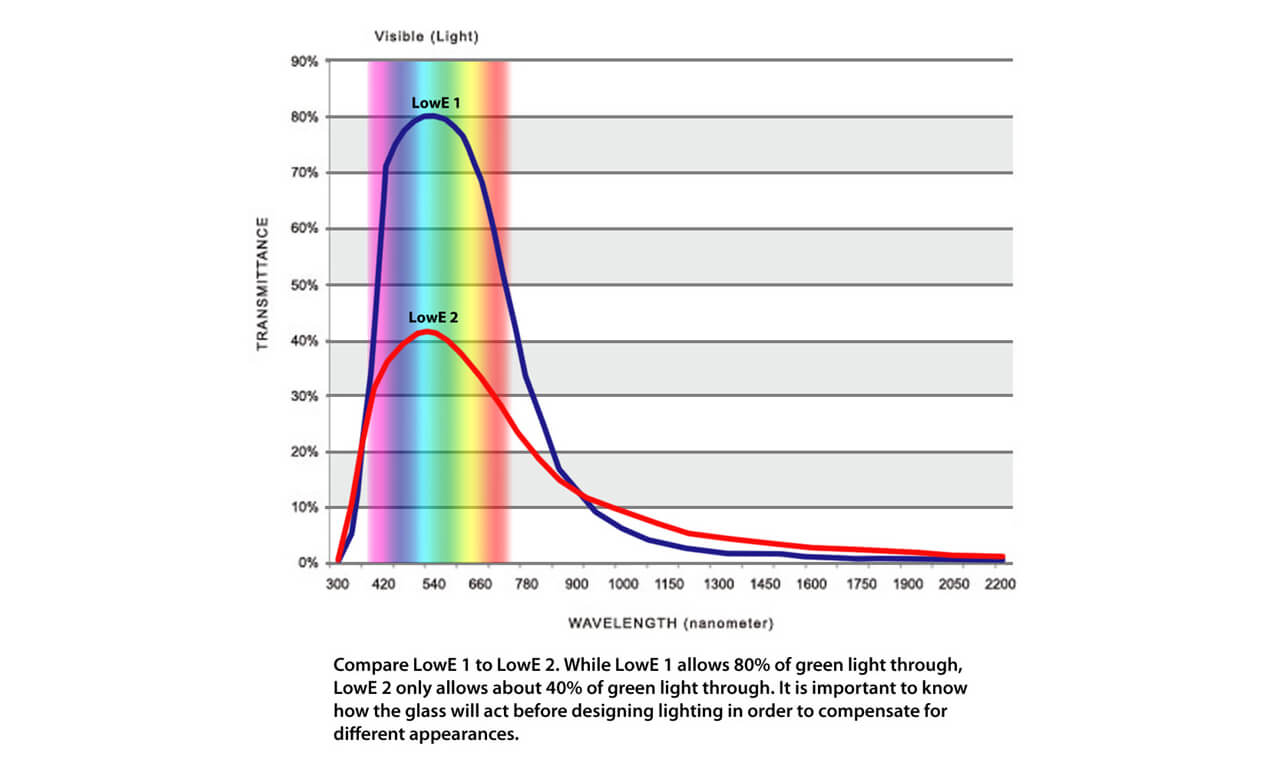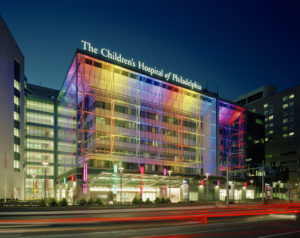Low-E Glass: In any building design project, there are always decisions that must be made regarding what material a floor, wall, or ceiling will be. Material choices affect other aspects of the design, and the properties of each finish or treatment should be thoroughly understood in order to use them in the proper way.
When new technologies are developed in the architectural material world, it can be common for people to hurriedly try to use them on a project just for the sake of using the latest and greatest, without fully thinking about all the issues.
One modern material that is very important to the considerations of lighting designers and architects is Low Emissivity or Low-E glass. This product is increasingly being used in windows and skylights as a way to provide better heat insulation than a normal glass window would. Low-E is actually a coating of microscopically thin metal that is applied to the surface of a normal glass, unlike tinted or colored glass that is made out of colored raw materials. The metal film reflects thermal radiation at certain wavelengths and keeps it from entering a building while allowing visible light inside, keeping your home or office cool while allowing you to see through the window.
Now how does this affect lighting? Well, since the Low-E glass does such a good job of reflecting radiation, and light is radiation, then it is safe to assume that some of the light that hits a Low-E window will not make it through to the person on the other side. This is very important when considering colored light, as the particular Low-E coating on a window might allow green light in but not red light, making lighting effects or colored light not appear as it should. There are plenty of complicated and technical aspects of this type of glass treatment but as long as the basics are understood it is easy to make the right decisions. Always know what type of glass is being used to avoid unpleasant surprises!
*Lighting Lesson by Kevin Rorabaugh, former Lighting Designer with The Lighting Practice



